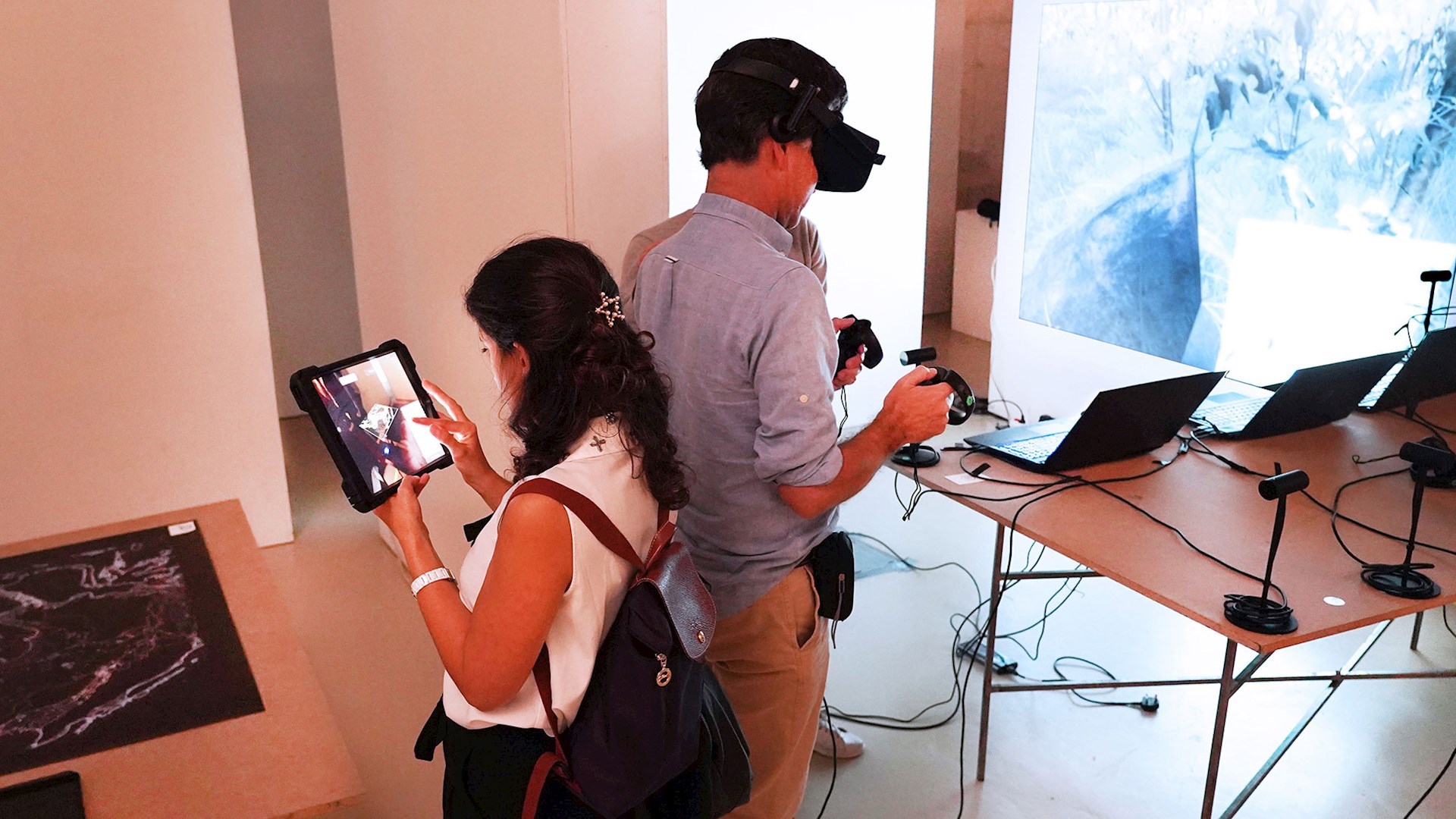Artificial Realities
Artificial Realities

Promoter: ISCTE-Instituto Universitário de Lisboa
Partners:NMBU- Norwegian University of Life Sciences
EEA Grants: 12 171,60 €
Grace Code: PT-BI013
Programme:- Artificial Realities: Virtual as an aesthetic medium in architectural ideation
- Vídeo | Artificial Realities: Virtual as an Aesthetic Medium for Architectural Ideation
What did this initiative focus on?
"Artificial Realities: Virtual as an aesthetic medium in architectural ideation", organised by ISTAR (Information Sciences, Technology and Architecture Research Centre), was an initiative aimed at strengthening the bilateral relationship with the Virtual Reality Laboratory (VR-Lab) of the Norwegian University of Life Sciences (NMBU).
In this initiative, the two universities worked together and shared their experience and cutting-edge knowledge in the field of Virtual Reality.
NMBU constitutes a partner of excellence for ISTAR, and the ongoing initiative included mobility of researchers, sharing of laboratories and equipment and joint research tasks.
In October 2019 the major event associated with this initiative took place.
In the scope of the Lisbon Architecture Triennale 2019, the Triennale's associated initiative "Artificial Realities: the virtual as an aesthetic medium in architectural ideation" was held in Lisbon, at ISCTE-Lisbon University Institute (ISCTE-IUL).
"Artificial Realities" is framed by the confrontation between rationality and efficiency, related to virtual technologies applied to the architectural design process. The experience of the architectural space and the state of contemplation and delight of the architectural exercise had a digital materialization. The initiative explored the ways in which mixed realities can allow architects to create expressive immersive experiences.
The event couples a one-day symposium (October 14th) and an exhibition held during the week of 14th-18th of October 2019 at ISCTE-IUL Exhibition Room.
On October 14th, the symposium took place followed by the inauguration of the exhibition, which was attended by several personalities connected to the area of architecture and technologies.
The event was attended by 12 countries from Europe, North America, Asia and Oceania (Norway, Denmark, the Netherlands, Belgium, Germany, Greece, Portugal, Turkey, Singapore, Australia, the United States of America and Canada), which brought to Lisbon their experiences in these areas.
The exhibition presented projects from international researchers and practitioners with a solid body of work on various issues related to architectural design processes using VR and AR technologies. The aim was to explore the potential of the aesthetic dimension of the medium and establish its own language as an expressive medium in architectural design.
Throughout the week, the exhibition had the presence of about 300 visitors, from architects and other artists, attracted by the Triennale's promotion, to students of architecture and computer sciences, as well as high school classes.
See more photos here.
(Photos by Mariana Veríssimo)